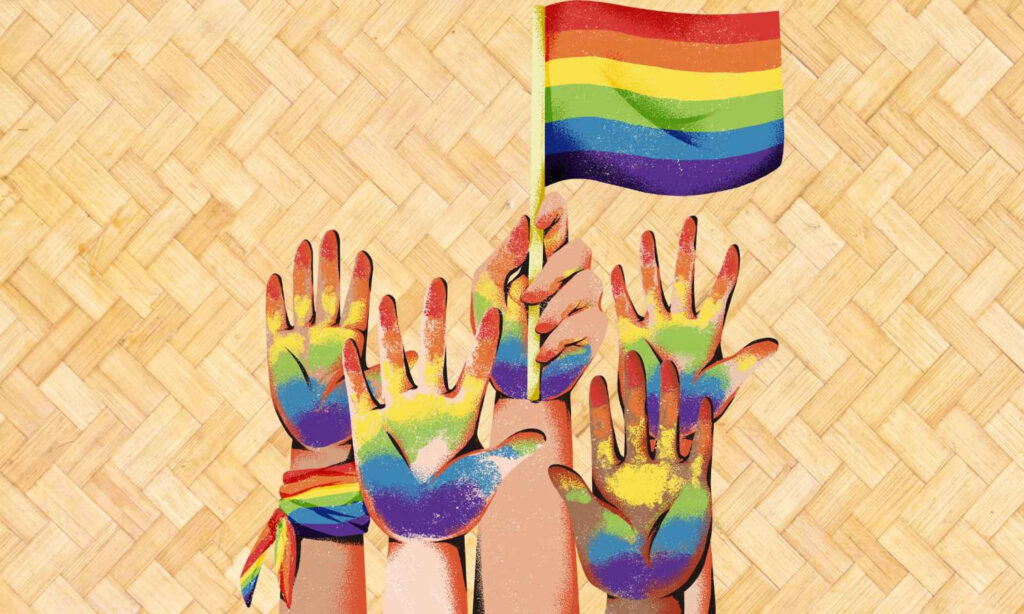New Zealand’s inaugural LGBTIQ+ census data, from the 2023 Census, has highlighted significant inequities experienced by the Pacific LGBTIQ+ communities.
Adele Quinn, a principal analyst for population statistics at StatsNZ, discussed these findings on Pacific Mornings, noting the distinct challenges faced by these communities.
“If we look at housing, for example, the report shows that the LGBTIQ+ population are more likely to live in housing that’s damp or that has mould and that the LGBTIQ+ population are more likely to have severe housing deprivation,” Quinn says.
But she pointed out that in some housing categories, the outcomes were either better or comparable for Pacific LGBTIQ+ individuals compared to their non-LGBTIQ+ counterparts.
Specifically, 32 per cent of LGBTIQ+ Pacific people live in homes with mould, compared to 34.2 per cent of non-LGBTIQ+ Pacific individuals.
When compared to other ethnic groups, LGBTIQ+ and non-LGBTIQ+ Pacific people reported the highest levels of housing deprivation.
The census data shows that Pacific people represent 5.7 per cent of the LGBTIQ+ population, slightly lower than their overall proportion in New Zealand’s population.
Quinn also says there are challenges in gathering data from Pacific communities.
“For a variety of reasons, around one in five Pacific people didn’t participate in the census and in addition, there’s questions that are asked in the census relating to LGBTIQ+ statistics that are quite personal and for some of them, we know therefore that there’s likely to be some undercount.”
Among Pacific LGBTIQ+ people, bisexuality was the most commonly reported identity, followed by gay or lesbian identities.
They were also more likely to affiliate with a Christian religion (40.5 per cent) compared to other LGBTIQ+ people.
The Census did not fully capture the cultural recognition of gender diversity within Pacific communities, such as terms like fa’afafine and fakaleitī.
Quinn acknowledges this gap, noting the need for improvement.
“The proportion of transgender women was highest for Pacific peoples… but the framing of the concepts and statistical standards is based mainly on Western understandings.
“We really like to acknowledge that there is a tension between culturally specific identity terms and those that we use in the collection of statistical data for statistical purposes.
“But we’re committed to working further with communities to determine how we can reflect culturally specific identities in our data.”
Although the Census did not directly measure discrimination, it highlighted areas of inequity affecting Pacific LGBTIQ+ individuals.
Educationally, despite facing challenges, Pacific LGBTIQ+ individuals were more likely to hold higher qualifications than their non-LGBTIQ+ counterparts.
“Pacific peoples’ population generally had higher unemployment, so when you look at that intersection of LGBTIQ plus Pacific peoples’ unemployment was particularly high.
“But I think when you’re looking at this data, it’s really important to remember that unemployment is generally higher for younger age groups and both the Pacific population and the LGBTIQ population and therefore again particularly that intersection of those groups.”
Source: PMN




